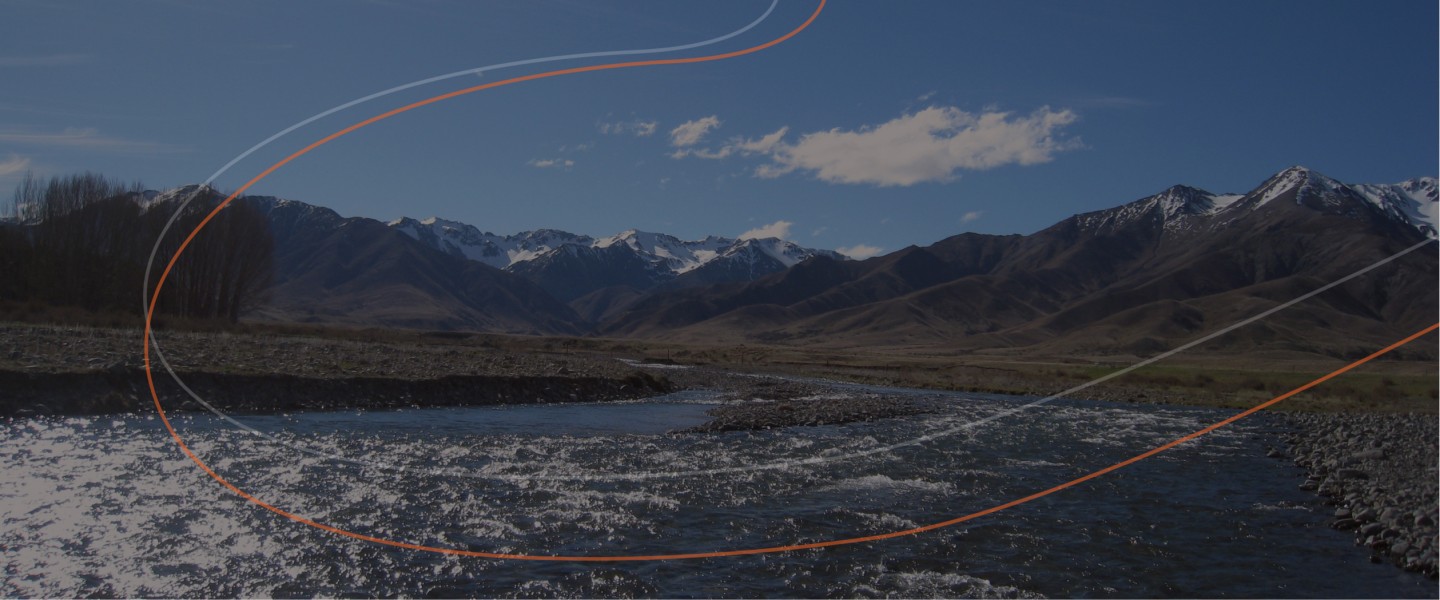References
- Stanislawek WL, Tana T, Rawdon TG, Cork SC, Chen K, Fatoyinbo H, et al. Avian influenza viruses in New Zealand wild birds, with an emphasis on subtypes H5 and H7: Their distinctive epidemiology and genomic properties. PLoS One. 2024;19(6):e0303756. DOI:10.1371/journal.pone.0303756
- Waller S, Wierenga J, Heremia L, Darnley J, de Vries I, Dubrulle J, et al. Avian influenza virus surveillance across New Zealand and its subantarctic islands detects H1N9 in migratory shorebirds, but not 2.3.4.4b HPAI H5N1. bioRxiv [Preprint]. 2024; DOI:10.1101/2024.09.29.615640
- Horimoto T, Kawaoka Y. Influenza: lessons from past pandemics, warnings from current incidents. Nat Rev Microbiol. 2005;3(8):591–600. DOI:10.1038/nrmicro1208
- Kumar P, Sharma A, Apostolopoulos V, Gaidhane AM, Satapathy P. Australia’s first human case of H5N1 and the current H7 poultry outbreaks: implications for public health and biosecurity measures. Lancet Reg Heal - West Pacific. 2024;48:101141. DOI:10.1016/j.lanwpc.2024.101141
- Ministry for Primary Industries. A strain of bird flu (H7N6) in Otago. 2024 [cited 2024 Dec 5]. Available from: https://www.mpi.govt.nz/biosecurity/exotic-pests-and-diseases-in-new-zealand/active-biosecurity-responses-to-pests-and-diseases/a-strain-of-bird-flu-h7n6-in-otago/
- Runstadler JA, Puryear WB. The virus is out of the barn: the emergence of HPAI as a pathogen of avian and mammalian wildlife around the globe. Am J Vet Res. 2024;85(5). DOI:10.2460/ajvr.24.01.0018
- Bisset AT, Hoyne GF. An outbreak of highly pathogenic avian influenza (H7N7) in Australia and the potential for novel Influenza A viruses to emerge. Microorganisms. 2021 Jul 31;9(8):1639. DOI:10.3390/microorganisms9081639
- Abdelwhab EM, Veits J, Mettenleiter TC. Prevalence and control of H7 avian influenza viruses in birds and humans. Epidemiol Infect. 2014;142(5):896–920. DOI:10.1017/S0950268813003324
- Xie R, Edwards KM, Wille M, Wei X, Wong SS, Zanin M, et al. The episodic resurgence of highly pathogenic avian influenza H5 virus. Nature. 2023;622(7984):810–7. DOI:10.1038/s41586-023-06631-2
- World Organisation for Animal Health. Infection with high pathogenicity avian influenza viruses. In: Terrestrial Animal Health Code 2024. 2024 [cited 2024 Dec 5]. Available from: https://www.woah.org/en/what-we-do/standards/codes-and-manuals/terrestrial-code-online-access/?id=169&L=1&htmfile=chapitre_avian_influenza_viruses.htm
- Ministry for Primary Industries. Situation update H7N6 bird flu detection Otago – 5 December 2024. 2024 [cited 2024 Dec 5]. Available from: https://www.mpi.govt.nz/news/media-releases/situation-update-h7n6-bird-flu-detection-otago-5-december-2024/
- Health New Zealand Te Whatu Ora. Avian influenza. 2024 [cited 2024 Dec 10]. Available from: https://info.health.nz/conditions-treatments/infectious-diseases/avian-influenza
- Ministry for Primary Industries. H7N6 strain of avian influenza detected in commercial poultry. 2024 [cited 2024 Dec 10]. Available from: https://www.mpi.govt.nz/dmsdocument/66279-H7N6-strain-of-avian-influenza-detected-in-commercial-poultry
- Ministry for Primary Industries. Infectious bursal disease virus (IBDV-1). [cited 2024 Dec 5]. Available from: https://www.mpi.govt.nz/biosecurity/pest-and-disease-threats-to-new-zealand/animal-disease-threats-to-new-zealand/infectious-bursal-disease-virus-ibdv-1/
- Baker M, Kvalsvig A, Tukuitonga C, Wilson N. The Covid inquiry report is an excellent guide to preparing for the next pandemic – health cuts put that at risk. 2024. Public Health Expert Briefing: https://www.phcc.org.nz/briefing/covid-inquiry-report-excellent-guide-preparing-next-pandemic-health-cuts-put-risk
About the Briefing
Public health expert commentary and analysis on the challenges facing Aotearoa New Zealand and evidence-based solutions.
Subscribe

Public Health Expert Briefing
Get the latest insights from the public health research community delivered straight to your inbox for free. Subscribe to stay up to date with the latest research, analysis and commentary from the Public Health Expert Briefing.
